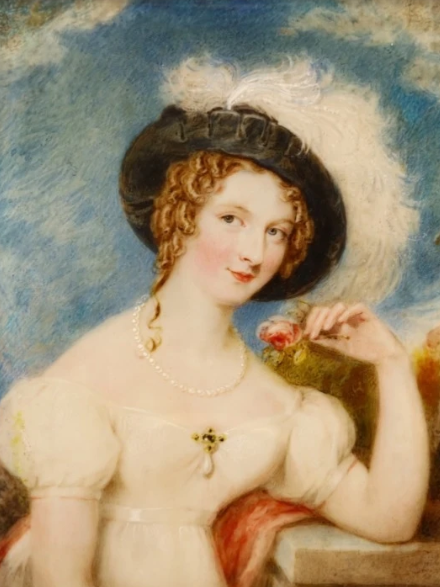 A recent webinar motivated me to search my family tree database for deaths lacking probate information. One of the first after 1858 was Lucy Derby, nee Buckingham. The portrait, by her husband William, is ca 1820.
A recent webinar motivated me to search my family tree database for deaths lacking probate information. One of the first after 1858 was Lucy Derby, nee Buckingham. The portrait, by her husband William, is ca 1820.
As I had her year of death, 1862, finding the calendar entry for her probate at https://probatesearch.service.gov.uk/ was simple and free. You can also access it through Ancestry, Findmypast, and MyHeritage.

The next step is to get a copy of the will. It gives more detail, possibly mentioning relatives you didn’t know about. Is there at indication there were favourites among the children, or had they received their share previously?
Using the information from the calendar and paying £1.50 online, it’s little challenge to place the order with the PRO from the form in the righthand column. The response isn’t instant. For Lucy, the will image arrived 40 hours later. Here’s a snippet.
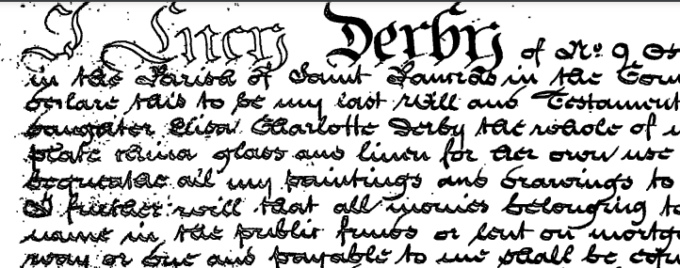
As you can see, in this case, the image was clean.
Another option, if the will was probated by 1925 and at the Principal Registry, is to view the image on a digital microfilm available from FamilySearch.
The 35 mm microfilm reel collection, 1025 of them, is at Record copy wills for the Principal Registry, 1858-1925. It’s only for the Principal Registry. If the calendar entry indicates the will was probated elsewhere, and there were more than 50 of them, FamilySearch can’t help.
You can use the link above to find the correct file. Unless you’re at a Family History Centre or affiliate library, you’ll see a key above a camera icon on the right-hand side. That means a trip to access the images, which will likely cost more in bus fare than online ordering. An advantage is you don’t have to wait.
Some of the calendar entries have a handwritten number against them. For Lucy it’s 656. They correspond to those at the top right of some of the record copy wills page and are in sequence, so help locate the will you want. With practice, you can find a will in 10 – 15 minutes, then download a copy to a USB drive; I chose to print a PDF to file.
Below is the image I found from FamilySearch corresponding to the Lucy Derby one above. Notice the bleed-through and fuzzy definition. It’s greyscale rather than the processed b/w image you get from the PRO. Could that be why the different styles of “I Lucy”!
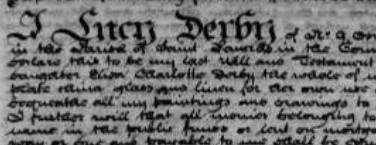
Beyond the arcane art of paleography
Once you get an image of the original will there remains the challenge of interpreting the stylized handwriting. Here’s my experience using Transkribus and Gemini on the Lucy Derby will, using the copy received from the PRO. I’m following the procedure outlined by Mark Humphries in this article. Here’s how.
First, I had to convert the pdf to a jpg which I did using the Windows snipping tool.
Second, I fed the resulting jpg to Transkribus, That requires a free registration. I used the free public AI model for handwritten text recognition called The English Eagle. You can drag and drop the jpg file to upload, It took a while, but eventually produced the following transciption.
npre dtea Deibri of a 9q emuaburga Street Nlegents Part d in ths darisk of Sount ofaurias in the County of Sigbloor Vecow bo Sorlare tais to be my last wll and Eostamout o will and brotucatas to baugator Eliso Charlotte Doity tae waole of my coutcdols fumuture books plate cama glos and linen for ae own use and boufit aboolutely and I oqucate all my paintings ant Grawings to my fou Alfrob Edomas Dorby fictae will that all mnouies belonging to me waitder standing in mot mame we tt public funts or lout on mortgage or inestos in any oar way of tue and tayable to lur seall te cofually Givioes among my oi Mllilbron namesy alfres Tlomas dorby Charles Heury deiby Carolius n bactdoffuer Romea sloom Eliea Charlotte dorby and qnatiloa Dacad Dorby commonly calles Matilba Saraa Chatfiols after all funoral and an steos mosssoly espoures are fai tao amount of toe zoobaitive portions mng tois taughtoss Garolune due optratiloa stazall to to acls in tuust for them by my Eecutors and pais to taem (witaout interest eeveially by annial sustalmonts of twouty pounss or in any other way that my lod rwhose way foom mow atvisable for waira paycuouts tae sroipts of my on saud Baugators phall to a sufficient Gisraargo of appoint my fou Edacles oboury Derby my Executor and my dangater Eliba Caarlotte Forby mn Exccutis to rarry out tao provisious of tais my last will and Eestamont Auwitcesss wassoof a eave aorounto not my danb and beal tdisteraty sovoutd bay of ercarrd in Ade your out taoutans oigal auntis and onty one in te prosure of Louisa Higby 9 Usnaburgh Street Lucy Derby Ps. James Part M. D.7 Camden Road Villas In Her Majesty’s Court of Probate The Principal Regishy Ie the Goods of Lucy Derby deceased. od Louisa Rigli of Aumber 9 Benaburga Atroot Regentoa Baik in the County of Orciolesoss offinstor make oata that I am out of the onbsrrting witnesses to tae last Will ane Eestamout of dury an oty lats of Smbor 9 Osuatinga Stroot Dlegonts Saik in tac Bauoao Saint curcas in AaE County of Sioolosa Witow Screases the oar will Boing nos accounts amusors boaning sate the twouty oovouta say of an Splated ine te ytar one touoans eight Eunoros and pixty one ans re tho paid costatus coorutot the raw Will ou tas day of tas bats facceof by oigining or name at the foot or our tasoof ans offeccing hos sode taruto at tale pams now alspoas taosson in the provoure of me aut of Jtamnts ofart the other suboribes wuituers tavreto bota of no baug presout at tae saint in Fuit aut we reocouton attoots aud subscutes tas sais will in the freru.
Don’t despair!
Third, I fed this text into Gemini, using the prompt
“The following is a OCR transcription using handwriting recognition of an 1862 UK will with many errors. Use pattern recognition and prediction to correct the OCR errors while maintaining the word order, syntax, spelling,
capitalization, and grammar of the original text. Enclose any words you change in square brackets in your response:”
The result was
npre [Note: Unsure what this abbreviation means]
dtea [Date]
[Decree] of [a] 9 Osnaburgh Street Regents Park
d in the parish of Saint Pancras in the County of Middlesex Widow do declare this to be my last will and testament. I will and bequeath to daughter Eliza Charlotte Derby the whole of my household furniture books plate china glass and linen for her own use and benefit absolutely and I bequeath all my paintings and drawings to my son Alfred Thomas Derby.
I further will that all monies belonging to me whether standing in my name in the public funds or lent on mortgage or invested in any other way be true and payable to her shall be equally divided among my six children namely Alfred Thomas Derby Charles Henry Derby Caroline E. Blacklockflower Emma Bloom Eliza Charlotte Derby and Matilda Sarah Chatfield. After all funeral and other necessary expenses are paid the amount of the respective portions going to my daughters Caroline E. Blacklockflower Emma Bloom Matilda Sarah Chatfield shall be held in trust for them by my Executors and paid to them (without interest) severally by annual installments of twenty pounds or in any other way that my said Executors may deem more advisable for their payments. The receipts of my said daughters shall be a sufficient discharge. I appoint my son Edward Osborne Derby my Executor and my daughter Eliza Charlotte Derby my Executrix to carry out the provisions of this my last will and testament.
In witness whereof I have hereunto set my hand and seal this twenty-seventh day of December in the year of our Lord one thousand eight hundred and sixty-one in the presence of
Louisa Higby 9 Osnaburgh Street
Lucy Derby Ps.
James Part M. D. 7 Camden Road Villas
[Her Majesty’s Court of Probate]
[The Principal Registry]
[In] the Goods of Lucy Derby deceased.
I Louisa Rigby of Number 9 Osnaburgh Street Regents Park in the County of Middlesex spinster make oath that I am one
of the subscribing witnesses to the last Will and Testament of Lucy Derby late of Number 9 Osnaburgh Street Regents Park in the Borough Saint Pancras in the County of Middlesex Widow deceased the said will being now hereunto annexed bearing date the twenty-seventh day of December in the year one thousand eight hundred and sixty-one and being the said deceased executed the said Will on the day of the date thereof by signing her name at the foot or end thereof as the same now appears thereon in the presence of me and of James Part the other subscribing witness thereto both of us being present at the same time And that the said deceased was at the time of the execution of the said will in sound mind memory and understanding.
Names of people and places are often the most difficult to interpret, as well as being what genealogists look for. The only significant errors are son Charles Henry Derby who became Edward Osborne Derby as executor, and Blacklockflower which should be Bachoffner.
Comment
Although not perfect I’m very impressed. I’m hoping for good news from RootsTech about automated handwriting transcription across whole collections of handwritten materials.
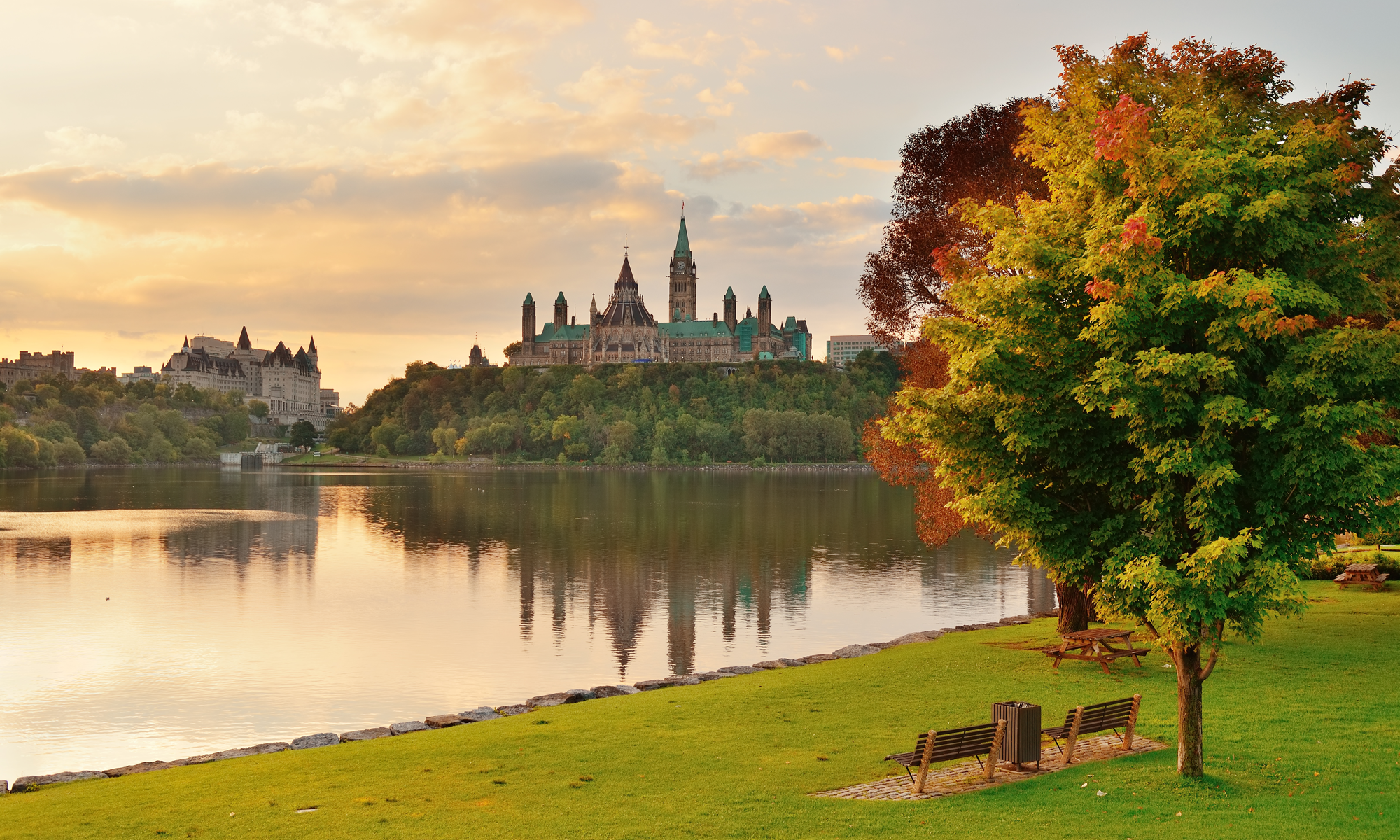


 New members can get 50% off a Legacy Family Tree Webinar membership through Saturday ( February 29 – March 2, 2024).
New members can get 50% off a Legacy Family Tree Webinar membership through Saturday ( February 29 – March 2, 2024).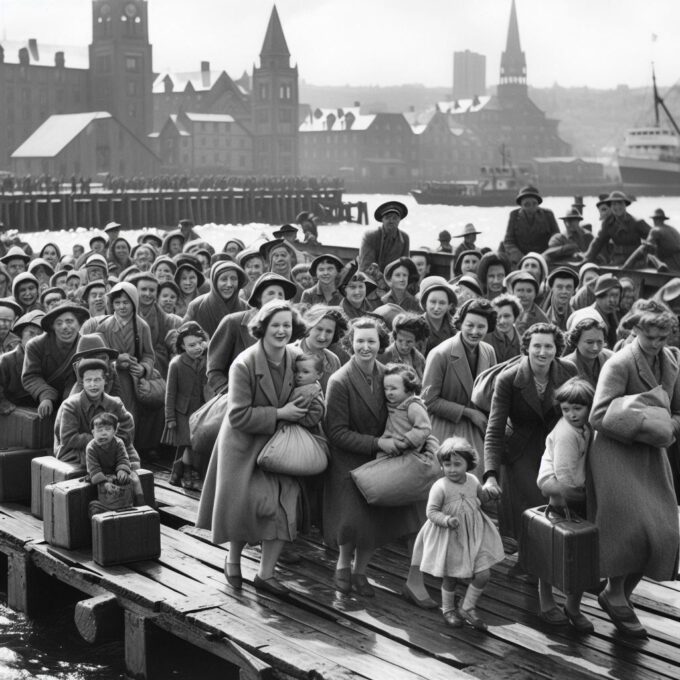 The brides of Second World War Canadian servicemen
The brides of Second World War Canadian servicemen 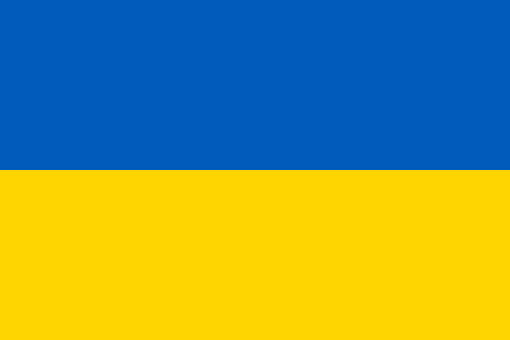
 RootsTech offers 16 sessions classified as intermediate/
RootsTech offers 16 sessions classified as intermediate/



 There are some interesting UK additions this week.
There are some interesting UK additions this week.